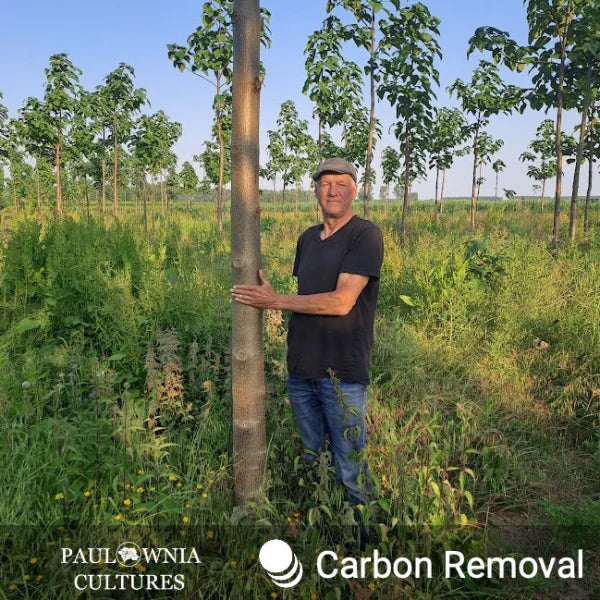Veenmakers 2: Carbon removal via Underground Carbon Storage
Veenmakers 2: Carbon removal via Underground Carbon Storage
23 in stock
Couldn't load pickup availability
What are peat bogs?
Peat bogs are valuable ecosystems, storing water and large amounts of carbon as well as supporting biodiversity. Peat is a natural organic material created when biomass is accumulated in anaerobic conditions, such as below the ground water table. Under these in anaerobic conditions, microbial decomposition of the organic material largely stops, making the material inert and preserving it. The acidic conditions in peat soils further enhanced this preservation process. As such, large amounts of organic carbon have been stored in peat soils throughout history. Currently, 20% of Europe’s raised bogs are threatened by climate change and dewatering. In the Netherlands, too, about 20% of the peat has disappeared in the past 30-40 years.
Making new peat
(Re)store Carbon have come up with a method to make new peat called ‘Veenmakers’ in Dutch (translates to ‘Peatmakers’). Additional advantages of this method of making peat are improvement of the load bearing capacity of the soil, prevention of subsidence and the storage of large amount of carbon resulting in net CO2 removal. The innovative method of making peat has been patented by (Re)store Carbon. Similar to the natural process of forest becoming peat, this method applies biomass in the subsurface of peat soils below the ground water table. This brings the natural organic matter (the Biomass) under anaerobic, slightly acidic conditions of peat, where the natural decomposition processes stop. As a result, large amounts of carbon stored in the biomass are removed from the atmosphere for a very long period (>100 years), while the load bearing capacity of the soil is improved and subsidence is prevented. The stored biomass is can be sourced from various residual biomass sources, which would normally be left to decompose including forest and pruning residues, roadside grass, greenhouse plant residues and other plant residues. Because of its capacity to store carbon long term, with very low risk of re-release into the atmosphere (i.e. highest category in the Oxford Principles for Net Zero Aligned Carbon Offsetting), this method is complementary to other long-lived storage methods like Direct Air Capture Carbon Storage (DACCS). However, it has several advantages: 1) as it uses the power of nature to extract CO2 from the atmosphere, it does not need large amounts of energy for its carbon capture process, and 2) because its captured carbon is stored in peat bogs, there is no need for drilling the deep wells usually required for DACCS.
About the Removers
The Veenmakers methodology was developed by Paul Smits, Rene Leegte, Jurriaan Reijs and Renze Schram. This pilot project has been set up in Ter Aar and includes putting 290 m³ of wood underground, with a net storage potential of 126 tCO2.
Website
https://veenmakers.nl/
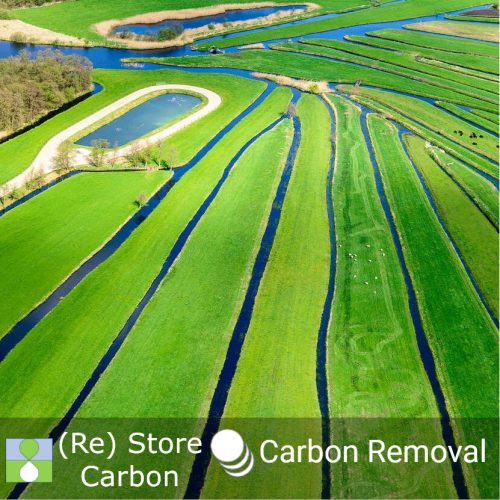
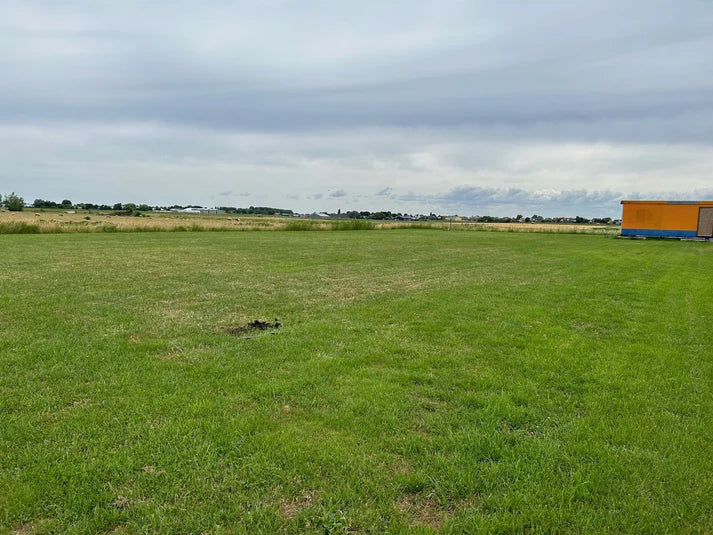
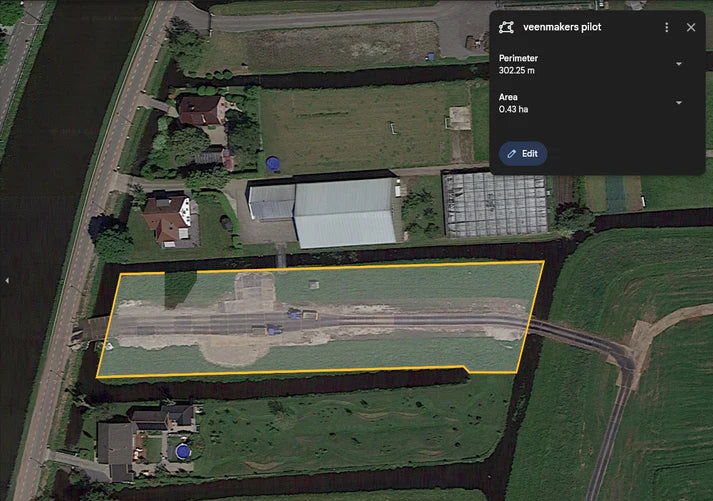
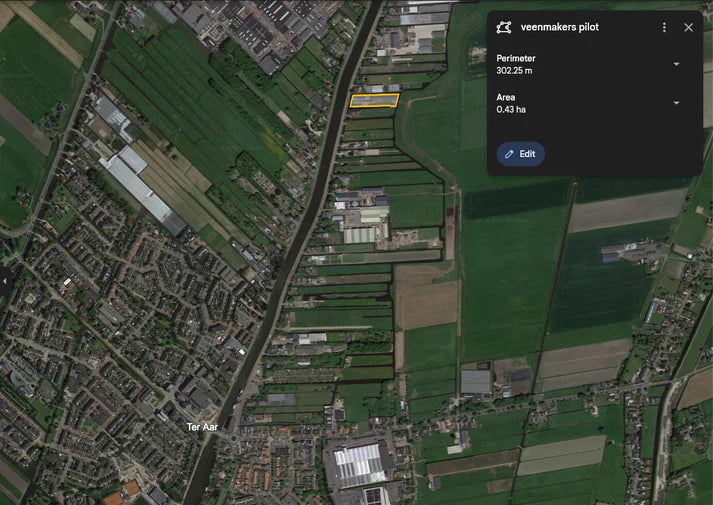
Certificates
-
CO2 removal
Amount of carbon removed:
1380 tCO2e
(= x1000 kg CO2 emitted)
-
-
Other information
- https://oncra.org/RSCL002/
Project goals
-
Objectives
-
Sustainable Development Goals
United Nations SDGs- 8: Decent work and economic growth
- 13: Climate action
Project Information
-
Project
Project Manager:
- Maurice Mulder
Status
- Certified
Planning
-
Google Maps
Ter Aar, Netherlands
-
Local Management
Link
Sustainable Development Goals
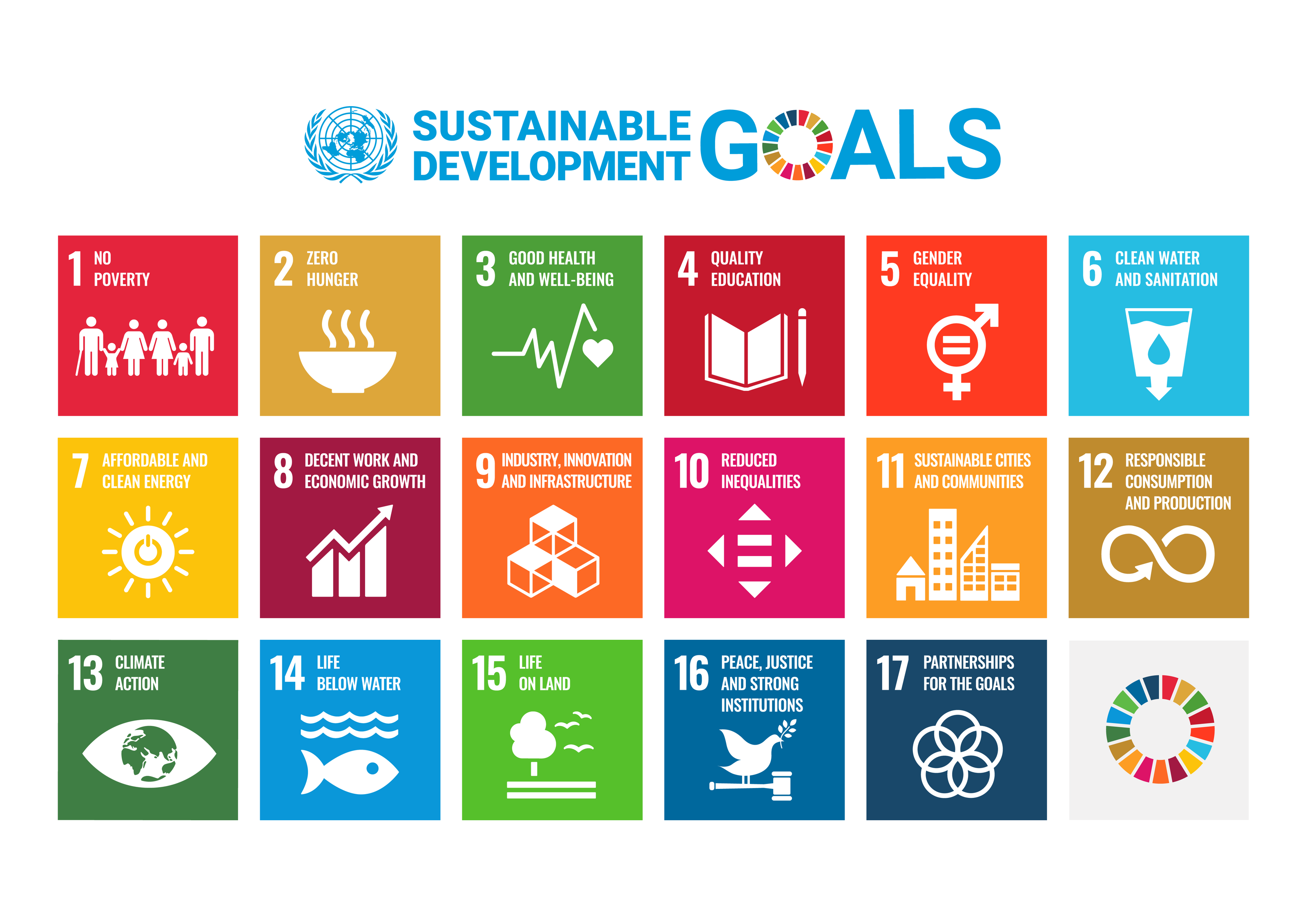
1: No poverty
There are many reasons, but in short, because as human beings, our well- being is linked to each other. Growing inequality is detrimental to economic growth and undermines social cohesion, increas- ing political and social tensions and, in some circumstances, driving instability and conflicts.
The private sector has a major role to play in determining whether the growth it creates is inclusive and contributes to poverty reduction. It can promote economic opportunities for the poor.
5: Gender equality
Regardless of where you live in, gender equality is a fundamental human right. Advancing gender equality is critical to all areas of a healthy society, from reducing poverty to promoting the health, education, protection and the well-being of girls and boys.
We fund education campaigns to curb cultural practices like female genital mutilation and change harmful laws that limit the rights of women and girls and prevent them from achieving their full potential.
8: Decent work and economic growth
Goal 8 is about promoting inclusive and sustainable economic growth, employment and decent work for all. Decent work means opportunities for everyone to get work that is productive and delivers a fair income, security in the workplace and social protection for families, better prospects for personal development and social integration. A continued lack of decent work opportunities, insufficient investments and under-consumption lead to an erosion of the basic social contract underlying democratic societies: that all must share in progress.
Providing youth the best opportunity to transition to a decent job calls for investing in education and training of the highest possible quality, providing youth with skills that match labour market demands, giving them access to social protection and basic services regardless of their contract type, as well as leveling the playing field so that all aspiring youth can attain productive employment regardless of their gender, income level or socio-economic background.
Governments can work to build dynamic, sustainable, innovative and people-centred economies, promoting youth employment and women’s economic empowerment, in particular, and decent work for all.
Implementing adequate health and safety measures and promoting supportive working environments are fundamental to protecting the safety of workers, especially relevant for health workers and those providing essential services.
13: Climate action
very person, in every country in every continent will be impacted in some shape or form by climate change. There is a climate cataclysm looming, and we are underprepared for what this could mean.
Businesses and investors need to ensure emissions are lowered, not just because it is the right thing to do, but because it makes economic and business sense as well.
15: Life on land
Goal 15 is about conserving life on land. It is to protect and restore terrestrial ecosystems, sustainably manage forests, combat desertification, and halt and reverse land degradation and stop biodiversity loss.
